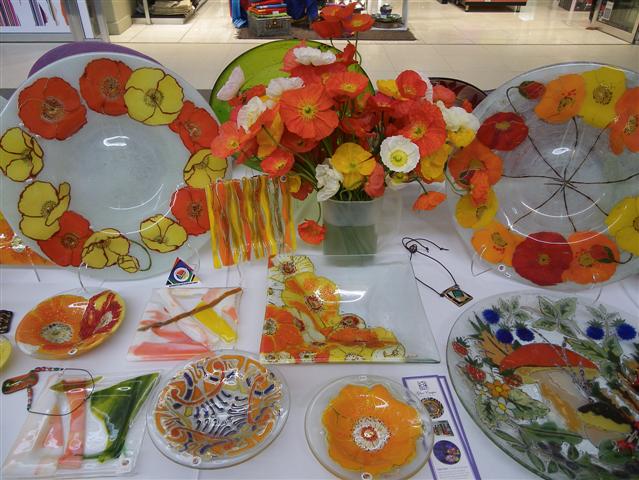Sustainable Creativity: How to Recycle and Repurpose Glass Art
Glass art, with its timeless beauty and enduring appeal, holds a unique place in the realm of creative expression. However, as with any artistic medium, the question of sustainability and environmental impact arises. Fortunately, glass art lends itself to recycling and repurposing, allowing artists and enthusiasts alike to minimize waste and contribute to a greener, more sustainable future. Here’s how:
- Glass Recycling Programs: Many communities offer glass recycling programs as part of their waste management initiatives. Artists can participate by responsibly disposing of scrap glass, broken pieces, or unused materials. These programs collect glass for recycling into new products, such as bottles, jars, or fiberglass insulation, reducing the demand for virgin materials and conserving natural resources.
- Upcycling and Repurposing: Rather than discarding imperfect or damaged pieces, artists can embrace the concept of upcycling by transforming them into new works of art. Broken shards can be incorporated into mosaic designs, fused together to create unique sculptures, or ground into fine powders for use in glass painting or glazing techniques. By repurposing glass in this way, artists breathe new life into old materials while reducing their environmental footprint.
- Collaborative Projects: Collaboration is key to fostering innovation and sustainability within the glass art community. Artists can come together to share resources, exchange ideas, and collaborate on projects that utilize recycled or salvaged materials. By pooling their expertise and creativity, they can create larger-scale installations, public art pieces, or community projects that highlight the beauty and versatility of recycled glass.
- Education and Outreach: Educating the public about the importance of recycling and sustainability is essential for fostering a culture of environmental responsibility within the glass art community. Artists can lead by example, incorporating eco-friendly practices into their studios and workshops and sharing their knowledge with students, colleagues, and the wider community. By raising awareness about the benefits of recycling and repurposing glass, they can inspire others to adopt more sustainable practices in their own creative endeavors.
- Innovative Techniques: Advances in glass recycling technology have opened up new possibilities for artists to explore innovative techniques and applications. For example, some artists specialize in “glassblowing with cullet,” using recycled glass cullet (broken or waste glass) as the primary material for their creations. Others experiment with reclaimed glass from demolished buildings or discarded household items, turning them into stunning works of art that challenge perceptions of beauty and sustainability.

In conclusion, recycling and repurposing glass art not only reduces waste and conserves resources but also fosters creativity, innovation, and community engagement. By embracing sustainable practices and incorporating recycled materials into their work, artists can play a vital role in shaping a more environmentally conscious future for the world of glass art. Together, we can transform waste into beauty and ensure that the legacy of glass art endures for generations to come.
